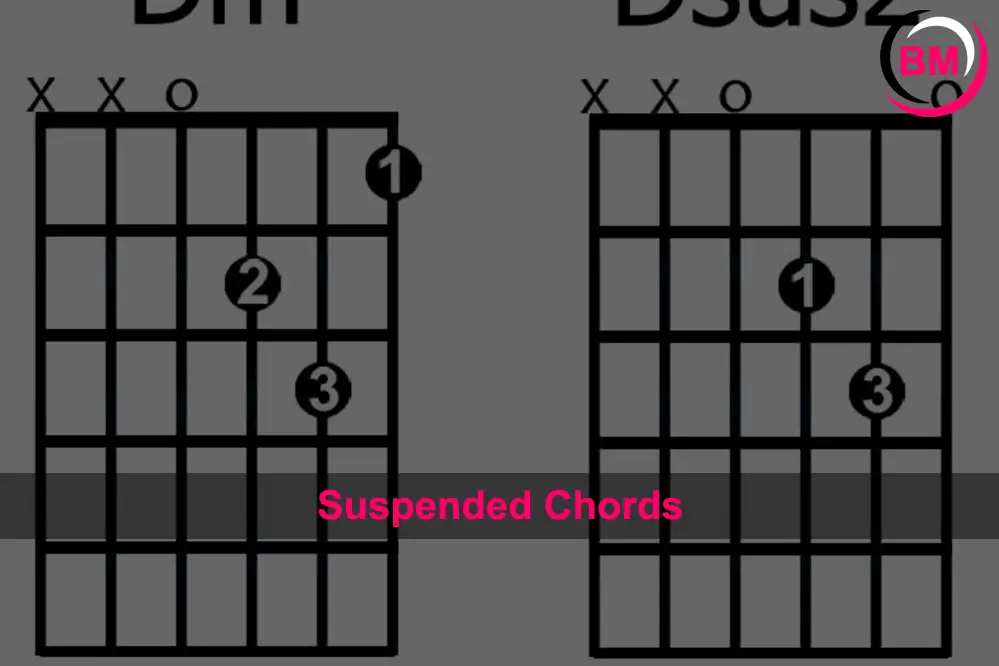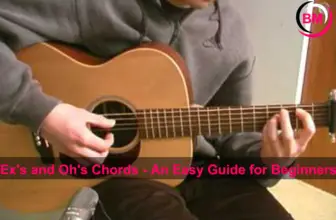
Have you ever heard a song with an unusual chord that just doesn’t sound like the standard major and minor chords?
Chances are, it was a suspended chord! Suspended chords add flavor to songs by creating unique harmonic textures. Let’s dive into suspended chords, their formation, and when they should be used.
What Are Suspended Chords?
Suspended chords (sometimes referred to as “sus” chords) replace the third degree of the scale with either the second or fourth degree.
In other words, if you have a C major triad (C-E-G), then playing a C suspended chord would replace the E note with either a D or F note. This creates an interesting tension in the chord that can add some extra flavor to songs.
Suspended chords come in two varieties: sus2 and sus4. Sus2 replaces the third degree of the scale with the second degree, while sus4 replaces it with the fourth degree.
For example, if we take our C major triad again (C-E-G), then playing a C sus2 would give us C-D-G while playing a C sus4 would give us C-F-G. These variants create unique sounds that can be used to great effect in music!
When Should You Use Suspended Chords?
Since suspended create tension within songs due to their unfamiliarity compared to more traditional major and minor chords, they’re often used when there is an emotional peak in a song—particularly when that peak is unresolved.
They can also be used as transitions between sections of different keys or modes to create smooth movement without too much tonal disruption.
Additionally, suspended chords can be used for their textural qualities; for example, one might use them to fill out space in long instrumental passages or give certain notes greater emphasis within vocal melodies.
Ultimately, it comes down to personal preference; feel free to experiment and see what results you can get with chords!
Conclusion:
Suspended chords are an incredibly versatile tool for musicians looking to spice up their music and add unique harmonic textures.
They come in two varieties—sus2 and sus4—and can be used for both textural and tonal purposes depending on what type of effect you’re going for.
Whether you’re looking for resolution or dissonance, suspended chords may be your ticket!
That’s all! You can also check out What Guitar Chords Go Together? and How Many Guitar Chords Are There.
Related Post:
- How to Save a Life Chords (Beginner’s Guide)
- How To Play “How Deep Is Your Love Chords” On Guitar
- How to Read Guitar Chords (Easy Guide)
- How to Disappear Completely Chords (Simple Guide)
- How to Play Bar Chords on Guitar (Easy Guide)
- How to See Lyrics on Spotify in a Few Easy Steps
- What Are 7th Chords: A Comprehensive Guide.
- How to Play Ukulele Chords (Easy Guide)

John is the Senior Content writer at BandMag. With 8+ years experience in content writing and SEO, he loves talking about content creation, SEO and his dog.







